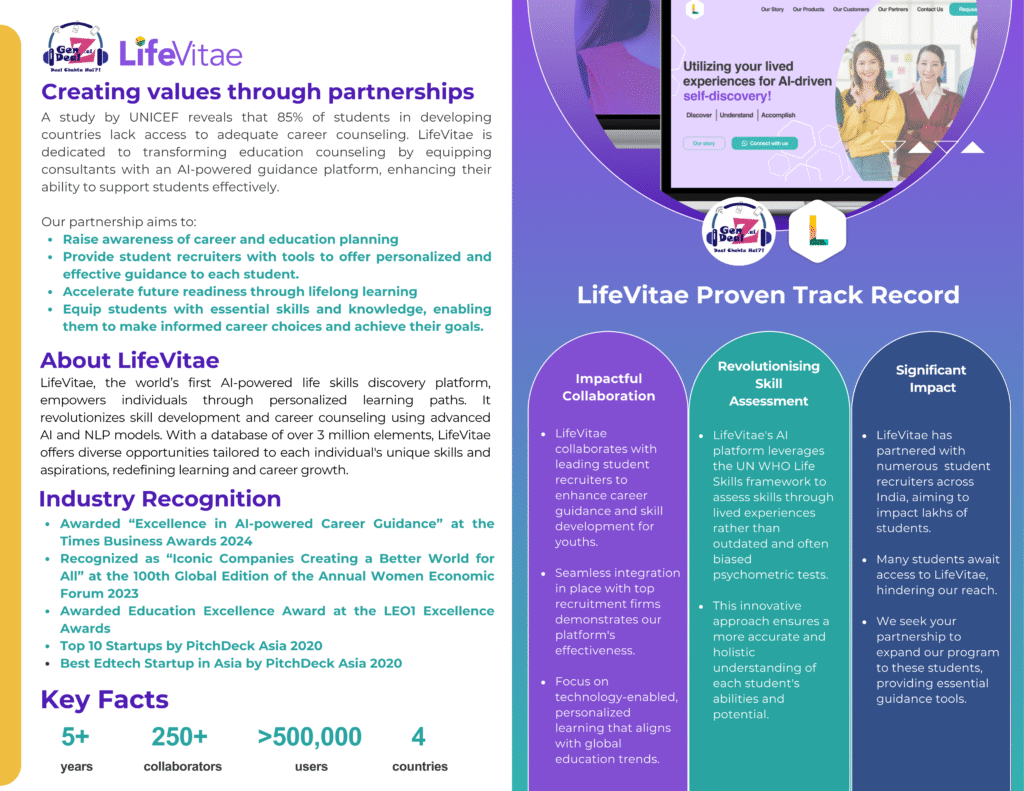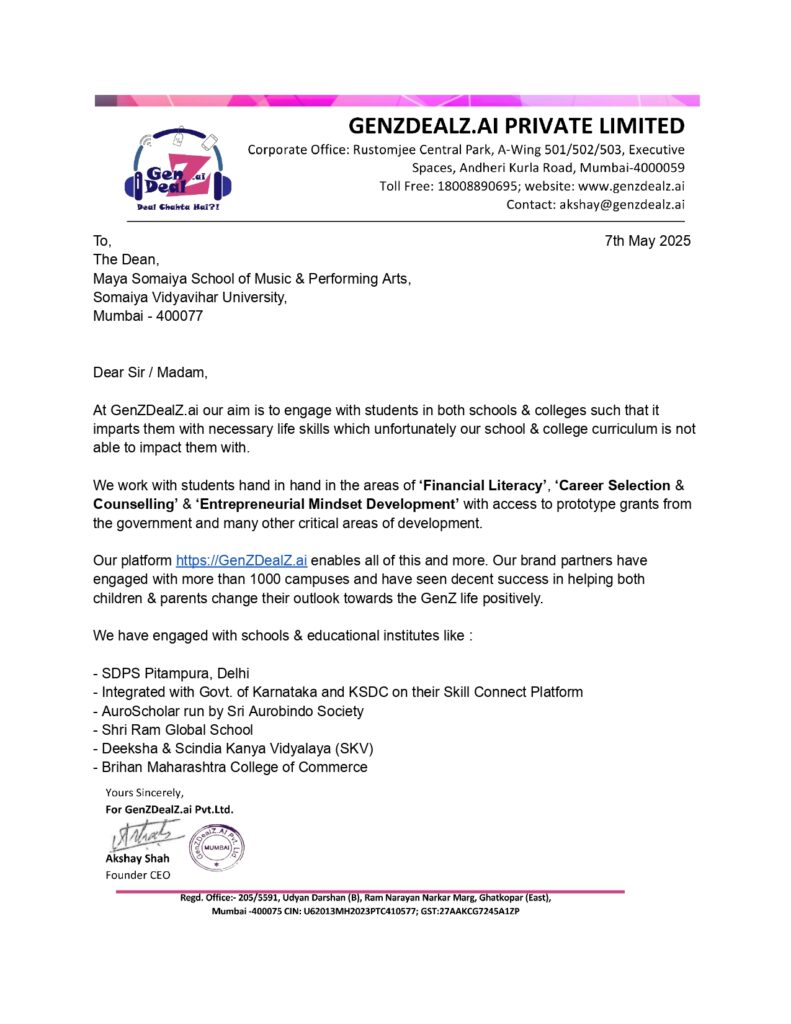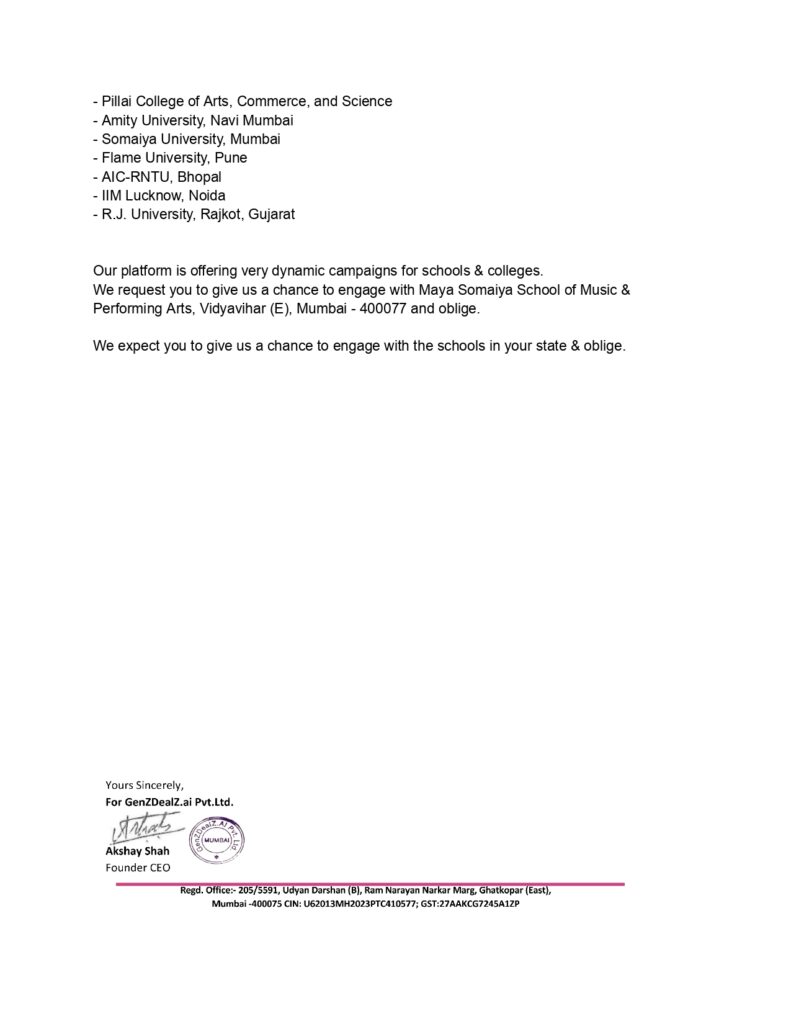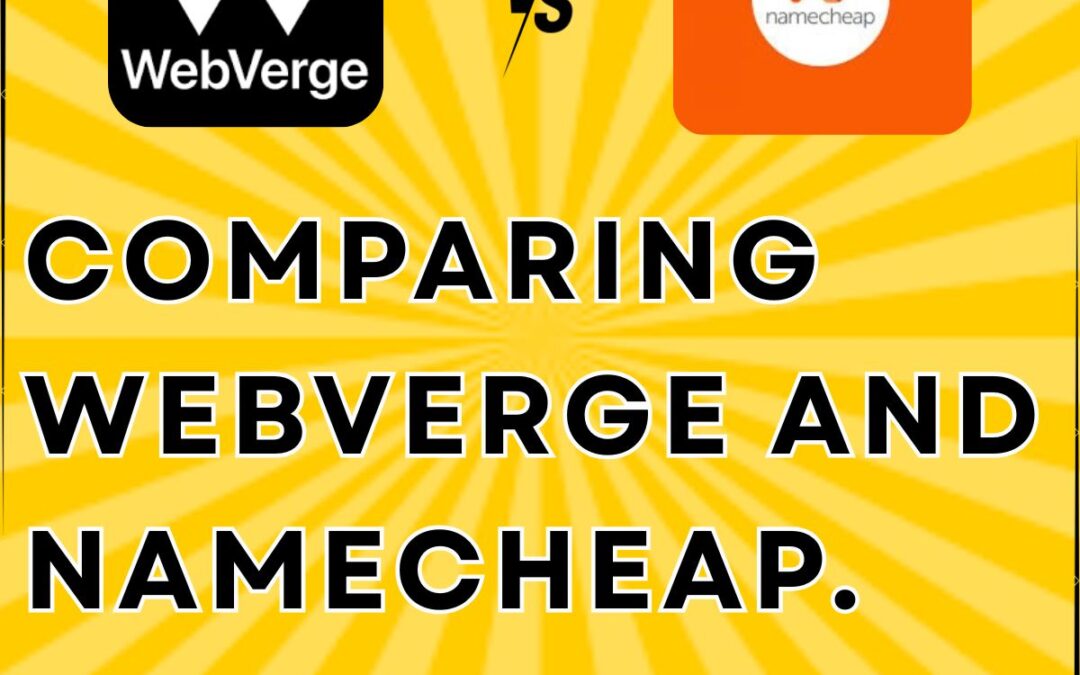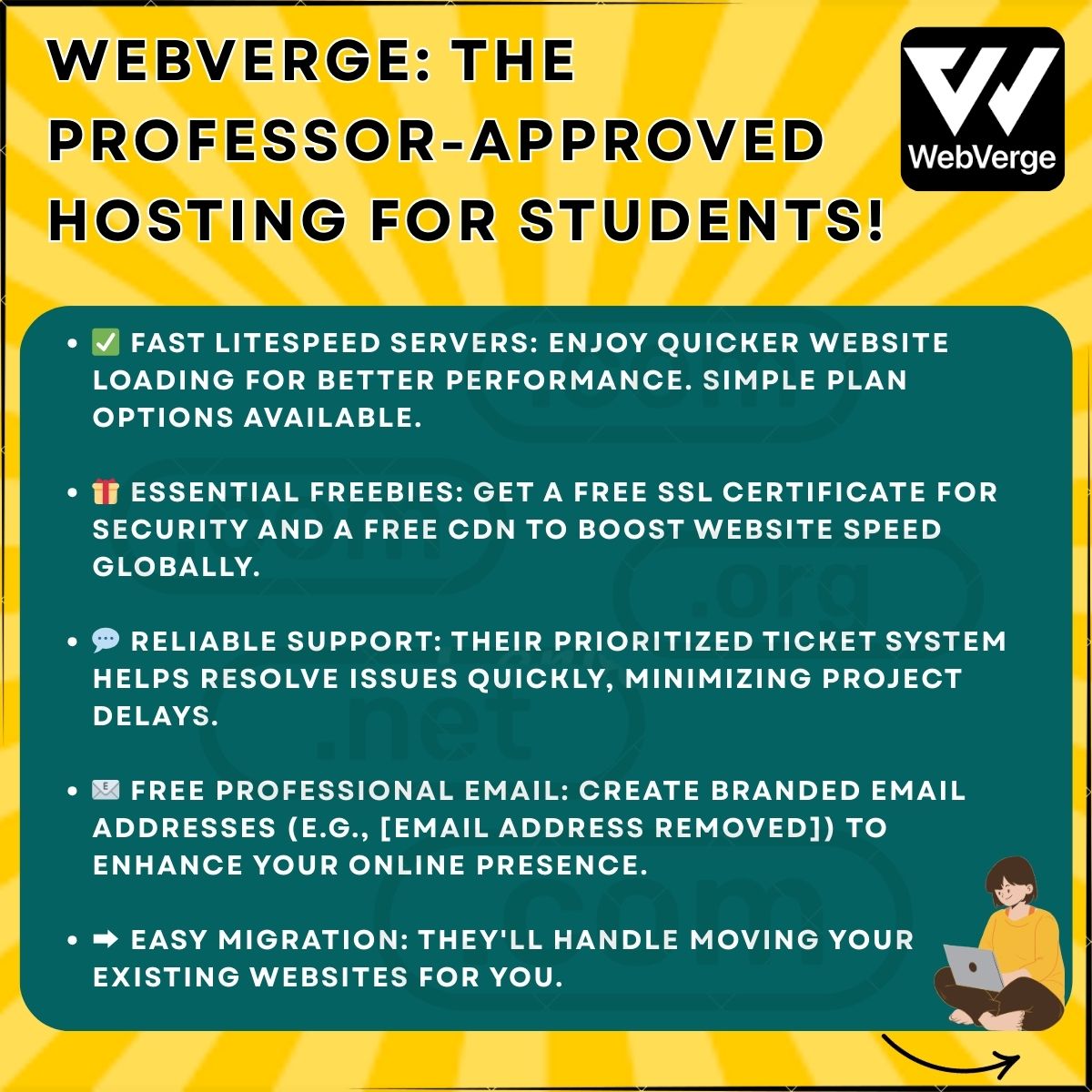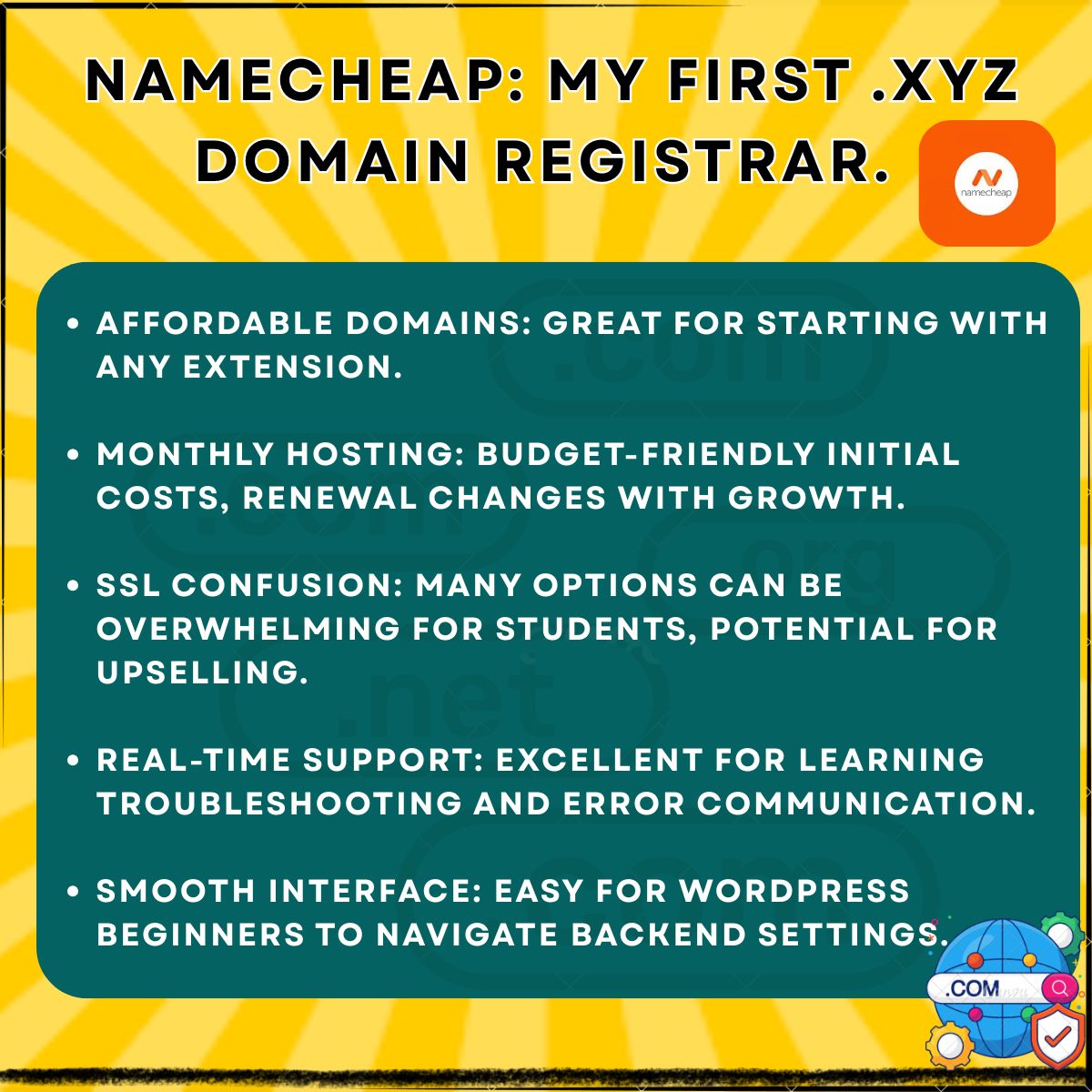
How College Students Can Use LinkedIn Premium Smartly?
Are you making the most of LinkedIn, or is it just another social app sitting on your phone? If job offers feel miles away, that profile photo and headline probably aren’t enough.
Plenty of students sign up, look busy, and still leave opportunities on the table. Premium membership changes the game. More visibility, richer data, and powerful InMail are not bad for a single monthly subscription.
Think of it as the eye-catching pop-up banner you click while shopping online; only this time, the sale is your future. Please stick with us, and we will walk you through every student-friendly hack inside LinkedIn Premium.
What is LinkedIn Premium and Why Should Students Care?
LinkedIn Premium isn’t just a shinier badge; it’s a toolkit tucked under the regular profile. Add the subscription, and you’re handed job-posting insights, unlimited InMail messages, and the ability to see who’s peeking at your page. Plus, the package comes loaded with LinkedIn Learning courses taught by pros ready to pad your résumé.
So why should students even look at a premium plan on LinkedIn? Simple: the membership delivers quick access to insider tips, fresh connections, and extra visibility-digital currency that most entry-level job hunters can only dream about. Landing an internship, finding a willing mentor, or snagging that first paycheck suddenly feels less like luck and more like a strategy.
Build a Stronger Profile Using Premium Insights
Every student knows an online profile works as an e-resume these days. Premium users get an instant side-by-side score that shows how their page lines up against classmates chasing the same position. That blunt feedback makes it hard to ignore weak spots like a half-empty skills section.
Members also see a live list of in-demand abilities tied to any job title they enter. One-click reveals that marketing firms keep asking for Google Analytics and persuasive writing. A quick study on LinkedIn Learning fills those gaps, and suddenly, the profile lights up with keywords recruiters already care about.
Putting the recommended changes into place usually results in more profile views within days. Because the advice arrives in real-time, the upgrades never feel random-they feel urgent, focused, and just plain smart.
Use InMail to Reach Out to Recruiters and Professionals
LinkedIn Premium gives you InMail, a handy tool that lets you message anyone, even people you aren’t connected to. If you’re still wrapping up college, those cold blue envelopes can feel like a shortcut to the front row of your dream industry.
- Who should you ping?
- An HR manager who guards the hiring gate.
- The team lead of that cool project you read about.
- An older grad from your university who’s already walked the path.
Instead of scrolling and hoping, you fire off a note and take action. Keep it polite, pack in a single ask-al advice, a quick chat, maybe a virtual coffee, and leave the job request for later. That little spark of initiative is exactly what recruiters tuck in the back of their minds when they scan your file.
Access LinkedIn Learning to Upgrade Your Skills
While InMail opens doors, LinkedIn Learning shows you what to say once you’re inside. A Premium membership unfolds thousands of step-by-step videos on business, tech, design, and beyond; they’re like Netflix for nerdy career builders.
- Learn job-ready skills
- Prepare for certifications
- Explore different career paths
Let’s say you’re studying finance but are curious about data analysis. LinkedIn Learning can help you take beginner to advanced courses in Excel, SQL, or Python. By adding these certifications to your profile, you signal to employers that you’re serious about growth.
It’s also a good way to fill gaps during semester breaks or after graduation.
Apply to Jobs with Competitive Insights
Applying for jobs can be confusing, especially when you’re unsure how competitive your application is. LinkedIn Premium shows you:
- How many people applied?
- How do your skills and experience match the job?
- Where do you rank compared to other applicants?
This feedback helps you decide which jobs are worth applying for and what to improve. For instance, if you’re always ranking low because of missing skills, you can work on those areas using LinkedIn Learning.
You also get access to salary insights, which is helpful when evaluating job offers or negotiating pay.
Follow Companies and Prepare for Interviews
College students often apply to companies without doing deep research. LinkedIn Premium makes this easier. You can follow companies and get alerts on:
- Job openings
- Company news
- Hiring trends
Some Premium subscriptions even provide sample interview questions asked in similar job roles. This makes you more confident and well-prepared during interviews.
Understanding a company’s culture, recent projects, and news gives you an edge. It also helps you decide if that company is the right fit for your long-term goals.
Unlock the Power of Alumni Networking
Another smart way to use LinkedIn Premium is through alum networking. By upgrading your account, you can search for alums from your college who work in your desired field. Premium allows deeper filters like location, industry, or seniority.
Reach out with a polite InMail, asking for insights about their role or company. Many professionals are happy to help students because they’ve been in your shoes.
Building these relationships early often leads to internships, referrals, or mentorship.
Stay Ahead with Premium Job Alerts
With LinkedIn Premium, you get access to Premium Job Listings. These jobs are marked and often give priority to Premium users. You can also set custom job alerts and receive recommendations based on your activity.
This is ideal for students who want to apply early or avoid missing chances. The system works even better when your profile is fully optimized, and you’ve added relevant certifications.
These alerts help you apply smarter, not harder.
Evaluate Your Progress with Profile Views and Analytics
Is your profile update actually paying off?
With LinkedIn Premium, you get a mini dashboard that tells you who’s stopping by, what search terms brought them, and even the companies they call home.
That quick peek can turn head-scratchers like Is anyone reading my stuff? Into answers, you can see and feel.
Students love it because the data is instant feedback on little tweaks you try today. Did the new headline really pop, or do I need to rethink it tonight?
And yes, the numbers show recruiters’ names, so you’ll know if those industry pros are clicking or just browsing.
Is LinkedIn Premium Worth It for Students?
Premium sounds fancy, but for a full-time job-hunter, it may be the smartest ten bucks you spend. Those endless InMail messages and profile stats can shave weeks off a long search.
Still, the tool makes the most sense if you log in every day, reply to posts, and swap messages with alums. Jumping on once a month may not justify the cost.
LinkedIn dangles free trials now and then, so grab one and binge on the perks before your card ever charges. Dig into the skill quizzes, test the visibility boost, and see whether connection requests roll in faster.
If the platform starts propelling introductions, interviews, or even quick coffee chats, go ahead and keep the subscription. Think of it like signing up for an evening workshop-a small price for the chance to meet new people and learn something fresh.
Conclusion
College isn’t just about classes; it’s the perfect testing ground for whatever job you want after graduation. A LinkedIn Premium membership drops a full toolbox in your lap, ready to help you learn fresh skills, catch recruiters’ eyes, and prep for any interview that lands in your inbox.
Jump in with a mission. Mindless scrolling is a waste of time, so like a savvy WooCommerce banner that grabs a shopper’s attention, turn your feed activity into something more useful. A few targeted comments or a well-timed share can echo far beyond the screen.
So, take the first step. Upgrade your profile. Connect with purpose. Learn with passion. Most importantly, you can use LinkedIn Premium to create a future you’re excited about.













